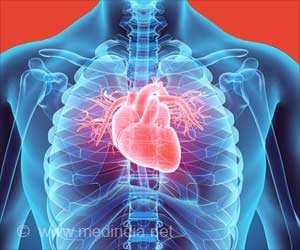NASA researchers have developed a super plastic that is now part of an implantable device for heart failure patients.
Heart failure will soon be able to use an implantable device made of a "super plastic", developed by none other than the boffins at NASA themselves.
The technology was originally developed for an aerospace high-speed research program.The "super plastic" was determined to be biologically inert, making it suitable for medical use, including implantable devices.
It is highly flexible, resistant to chemicals, and withstands extreme hot and cold temperatures.
"One of the advantages of this material is that it lends itself to a variety of diverse applications, from mechanical parts and composites to electrical insulation and adhesive bonding," said Rob Bryant, a NASA Langley senior researcher and inventor of the material.
In July 2004, NASA licensed the patented insulation technology to Medtronic Inc., a Minneapolis-based medical technology company. Medtronic Inc. incorporated the material into its Attain Ability left-heart lead, which the U.S. Food and Drug Administration recently approved.
The use of this NASA-developed material in a medical implant is the latest in a long line of medical applications that have benefited from NASA technology.
Advertisement
It is a chronic and progressive condition that affects more than five million Americans and more than 22 million individuals worldwide.
Advertisement
CRT devices, which are stopwatch-sized, are implanted into the chest and connected to the heart by leads, such as the Attain Ability left-heart lead.
A lead is a special wire that delivers energy from a CRT to the heart muscle. Electrical impulses generated by CRTs resynchronize heartbeats and improve blood flow.
The NASA insulation material makes possible the compact and flexible design of Medtronic's CRT lead, one of the thinnest left-heart leads available.
Placing a lead in the heart is widely recognized by physicians as the most challenging aspect of implanting CRT devices.
The narrow design allows physicians to choose between different sites on the heart to deliver optimal therapy.
The lead is delivered by an inner catheter, a feature that helps physicians place the lead directly in difficult-to-reach areas of the heart.
Source-ANI
TAN













